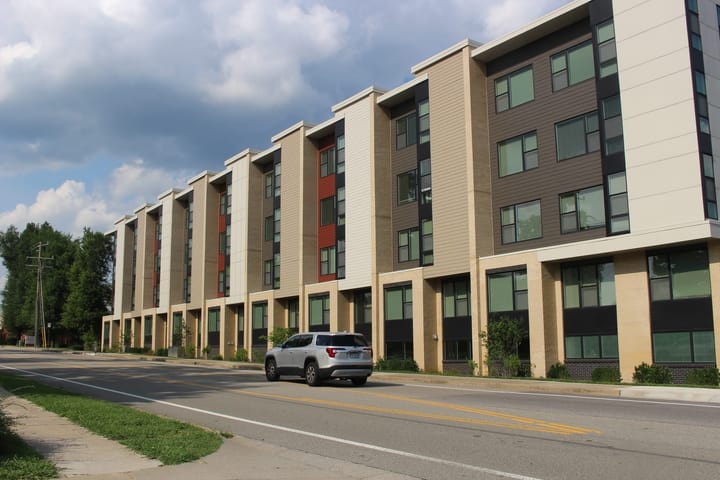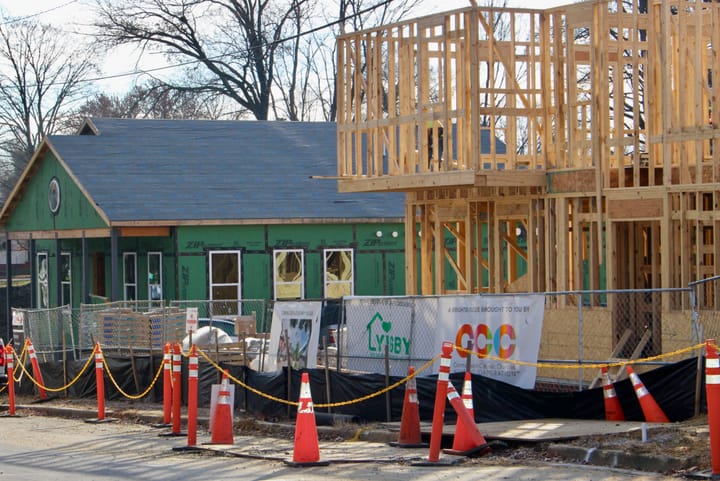Promised sidewalk investments win Snead Road affordable housing project approval
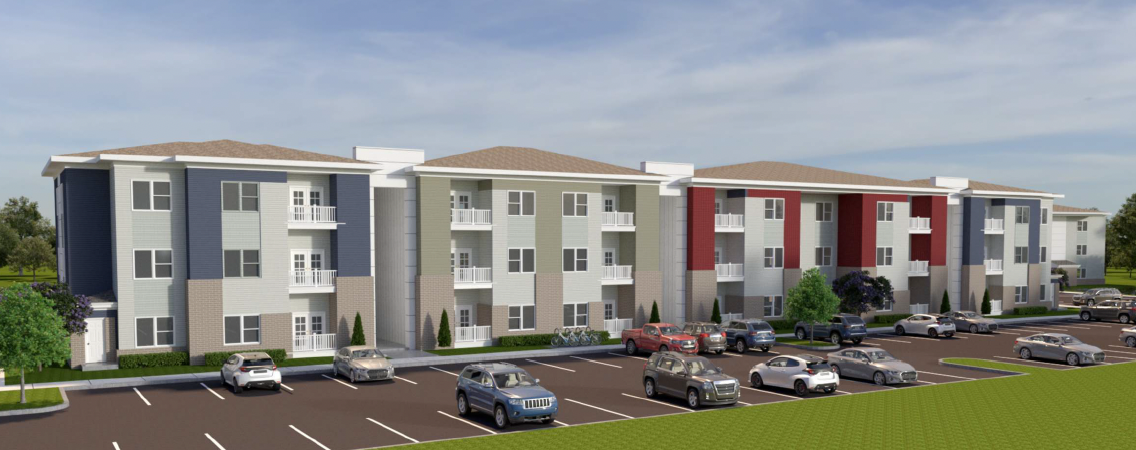
A major affordable housing proposal for Richmond’s Southside won approval from City Council Monday after months of opposition from the Planning Department, thanks to commitments by the developer and the city to build sidewalks along a stretch of road that has none.
“When infrastructure is being delivered and when affordable housing is being delivered, the standards perhaps get a little bit different than in a typical case,” Preston Lloyd, an attorney for developer Lawson Companies, told the Planning Commission earlier this month shortly before that body gave the plan its seal of approval.
Besides getting a special use permit to build the 180-unit complex at 5015 Snead Road and 5009 and 5015 Rear Snead Road, Lawson also was awarded an affordable housing performance grant from the city that will reduce the project’s real estate tax burden in coming years as long as the company meets its affordability commitments.
All in all, the project will construct six different three-story buildings with a mix of one- to three-bedroom units. It will also include 270 parking spaces.
Until September, the proposal had been tied up at the Planning Commission for months due to opposition from the Planning Department. Planners repeatedly recommended that officials deny the permit, concluding the project’s density was too far a jump from the immediately adjoining single family residential and that it would lead to the concentration of hundreds of people in “an un-walkable, car-dependent area, far from frequent transit, employment centers, and services.”
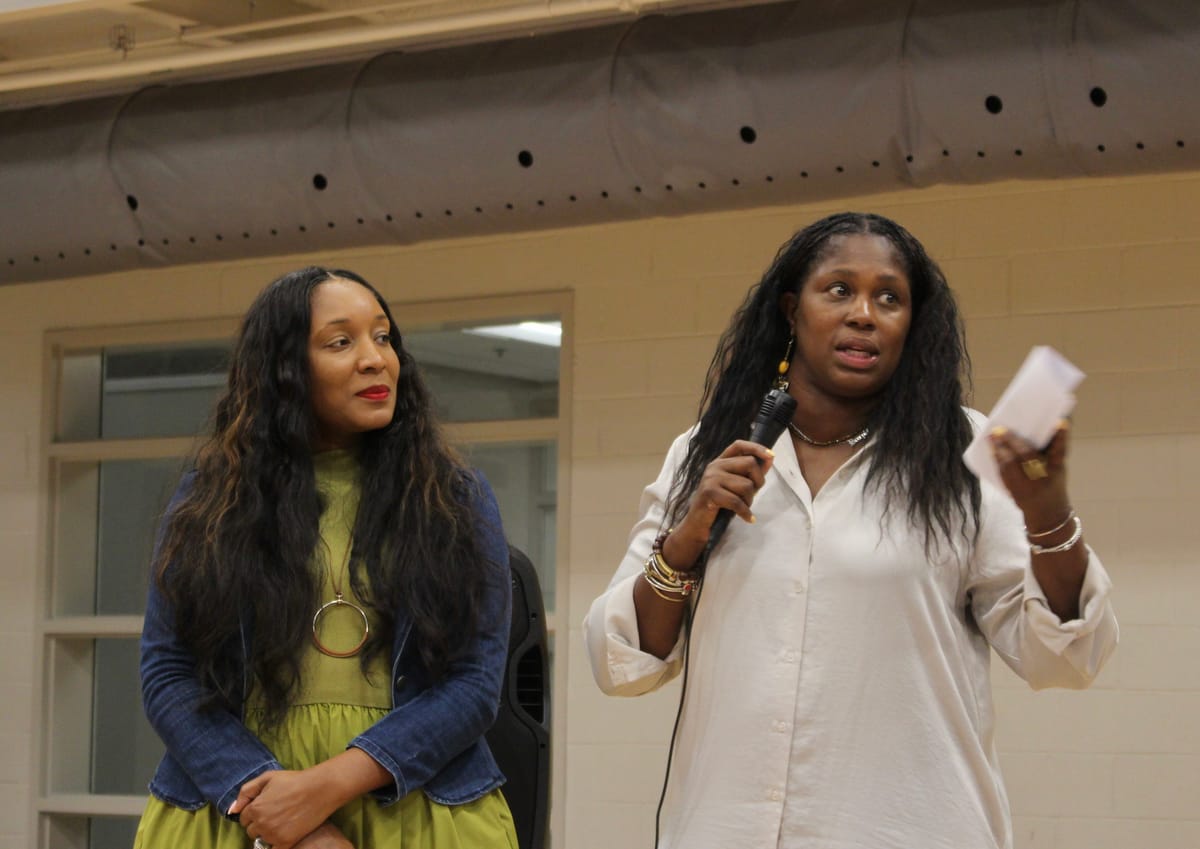
This May, Planning Commission Chair Rodney Poole told Lloyd that he had “never seen a report that has more instances where our professional staff says it does not comply with the Richmond 300” master plan.
“I stopped counting when I got to 15 provisions in there that said it was not in compliance with Richmond 300,” he said.
While no neighbors or members of the public mobilized against the proposal, Councilor Nicole Jones, whose 9th District includes Snead Road, also initially put up resistance on the grounds that the infrastructure was inadequate to handle more growth. The lack of sidewalks, she told The Richmonder previously, were the major barrier to her support.
“I cannot support something when I know that people have died on this road, where there’s no lighting, there’s no infrastructure,” she told the commission this May. “It is not a road that is conducive for a large amount of traffic.”
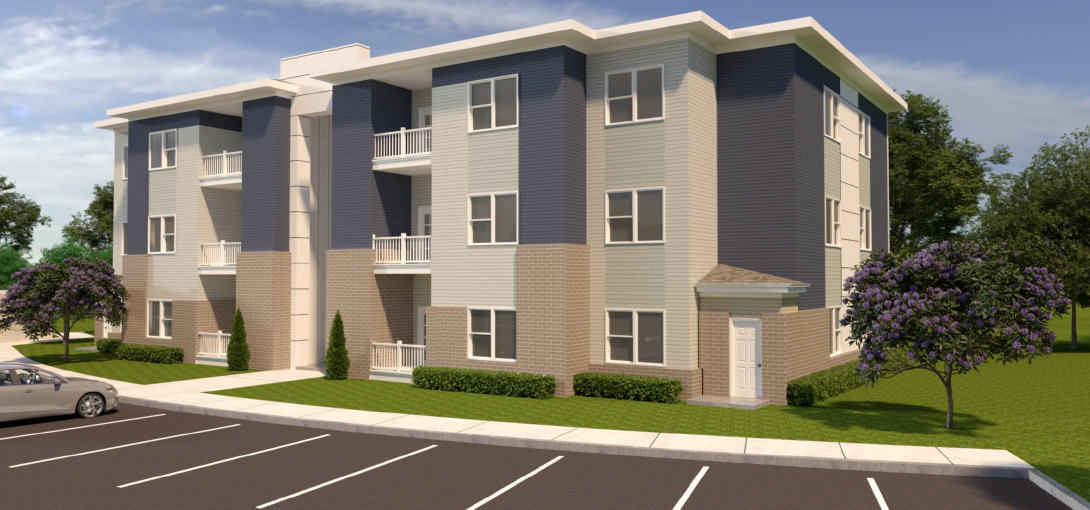
What appears to have tipped the scales in the project’s favor are two pledges. First, Lawson agreed to either build sidewalks from the project site to the nearby J.L. Francis Elementary or give the city $50,000 to do so. And second, Mayor Danny Avula’s administration has promised to invest $4 million to build sidewalks and carry out associated road improvements along the half-mile stretch of Snead between the school and Broad Rock Boulevard.
While planners continued to recommend against giving the project a permit because of their concerns about the surrounding residential land use, the sidewalk commitments made “some headway” when it came to other worries, said Planning Director Kevin Vonck.
“It’s incredible that the city has stepped up to do something of this nature,” said Poole shortly before the Planning Commission unanimously endorsed the permit. “I salute the developer for putting their money in the game, and also for the city to step up and make an important commitment of this nature so we can get the affordable housing that we need.”
Paige Hairston, a spokesperson for Richmond’s Department of Public Works, said the $4 million will be paid out over the next three years using money funneled to the city through the Central Virginia Transportation Authority.
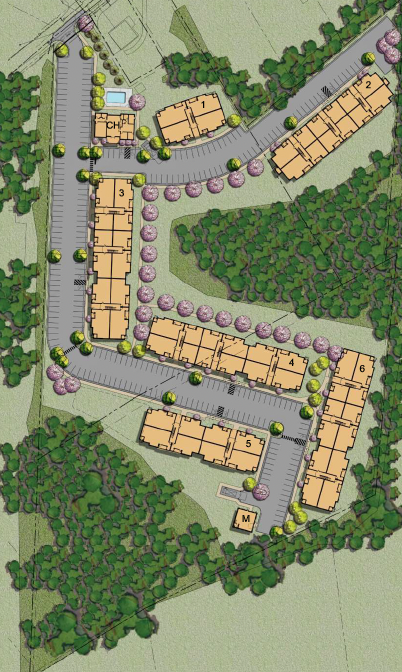
Much of the expense of the work is due to the city’s need to obtain 10 feet of right-of-way on both sides of the road, along with the installation of curbs and gutters in place of an existing ditch. Hairston said city staff will work with the community and City Council members to sketch out options for what the corridor should look like.
“The city administration is committed to providing necessary public infrastructure improvements to support affordable housing developments,” she said.
Contact Reporter Sarah Vogelsong at svogelsong@richmonder.org
The Richmonder is powered by your donations. For just $9.99 a month, you can join the 1,000+ donors who are keeping quality local journalism alive in Richmond.



